Sarah Marie Hawkins is a multimedia artist, photographer and
event planner.

Hawkins’ latest series, In Bloom, incorporates ink illustration with pressed flowers. One can see the journey of growth past trauma in the images, deliberately drawn to allow any person to identify with the subject.
This past September, Hawkins presented her latest works — including portions of In Bloom — at Sacramento’s Downtown Commons as one stop in the Sacramento Open Studios tour. Sacramento Open Studios, coordinated by Verge Center for the Arts, just completed its 16th year, with curatorial collaboration with Black Artist Foundry. The annual event allows visitors into the workspaces of local artists, allowing spectators to see those artists’ recent and in-progress works. Some artists, Hawkins included, work from spaces that aren’t conducive to visitors. DOCO, as a Sacramento Open Studios partner, provided space for Hawkins and several other artists to work in a more accessible space.
Hawkins also curates public art installations at Arden Fair Mall, known as Arden UnchARTed, on behalf of marketing agency UpperCloud Media. November’s exhibition features fiber artists Jamie Cardenas, Esther Marie Hall and Roxanne Brodeur Young, with healing as the show’s unifying theme. Hawkins spoke to Comstock’s about the role art plays in healing, not just for the artist, but for viewers as well.
Hawkins’ In Bloom series incorporates organic matter, including
dried flowers, to illustrate the growth she and others have
experienced as they’ve worked through trauma.
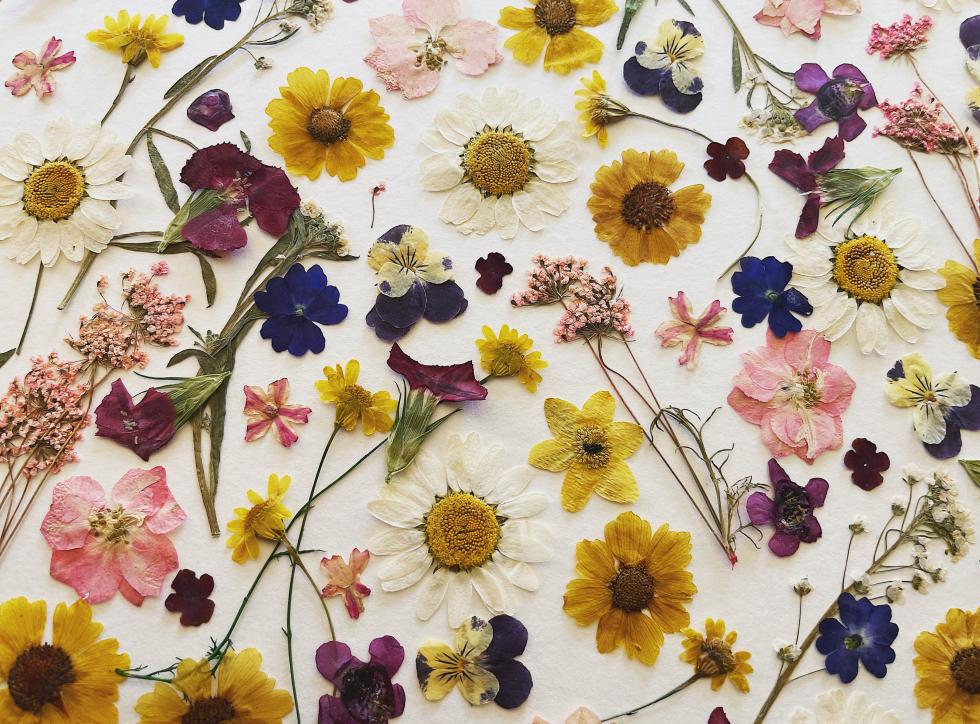
You’re a multimedia artist. What media do you work with most often?
I would say if I was to give myself a general (category), it would be ink illustration. It’s just mixed media. So I started incorporating — the base is always paper and ink, and then I just recently started incorporating organic material like pressed flowers.
I want to ask you about Sac Open Studios and DOCO. A lot of people haven’t been very active, or out and about in the last two years. Open studios were all virtual last year. Did you participate in the virtual version?
Hawkins often depicts her figures from the back so that all
viewers can interpret the image through their own experiences.
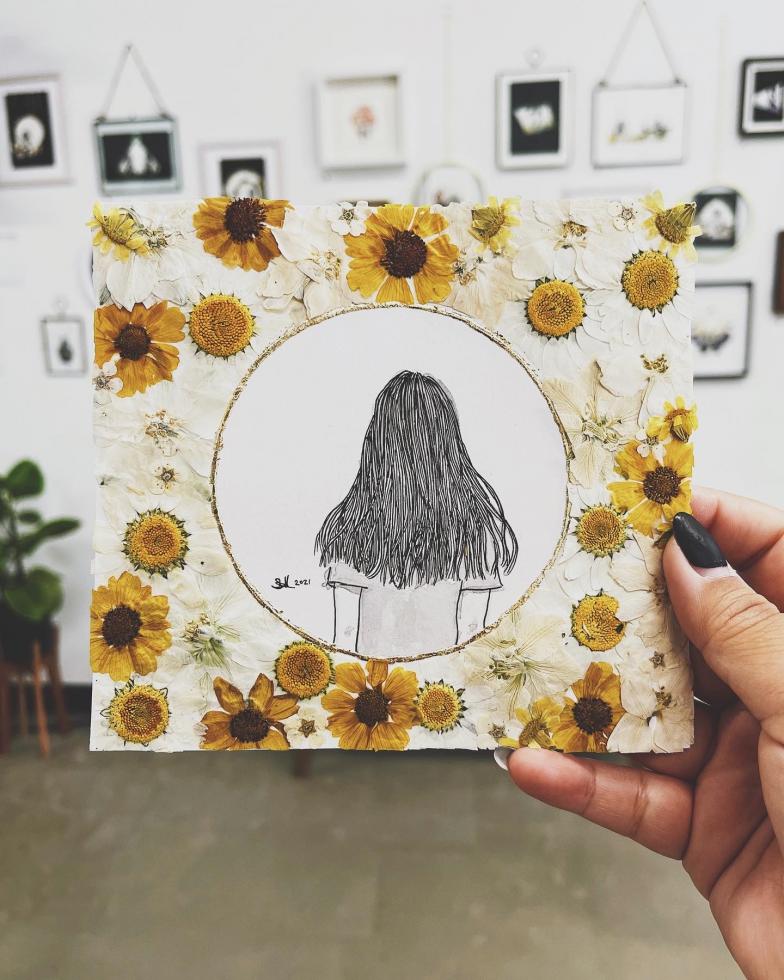
And in previous years, I’ve not participated because I don’t have a dedicated space that lends itself to people coming in. My studio space is my home, and there’s a vulnerability in inviting people to see your work; it’s another thing to invite people into your home that you don’t know. So this opportunity was really exciting for me because they reached out to me and they said, “We know that you’ve been looking to partner with a potential business. You could participate in Open Studios this year, and we have a good fit for you,” which was myself along with four other artists over at DOCO, so it worked out really well for me for the first time.
Please talk about the vulnerability of having someone into your home and that concern, and then tie that into all art essentially being self-portrait. The more recent images on your Instagram are women who aren’t facing forward. I was interested in that back-to-the-viewer (perspective) and how you interpret that as vulnerability.
I find with a lot of it, for me personally, I sometimes delve too far into pieces, and I’ll look at portraits — especially any images with people — and I identify them or I say “Oh, that looks like so-and-so” or “That looks like whoever,” and then I don’t allow myself to see myself as the subject. So the purpose of no faces in my artwork is because I want it to be anonymous, but I also want anyone to be able to place themselves in that piece and see themselves in that piece. Eyes and facial structure are very personal and … it seems almost too intimate.
One can see the journey of growth past trauma in the images,
deliberately drawn to allow any person to identify with the
subject.
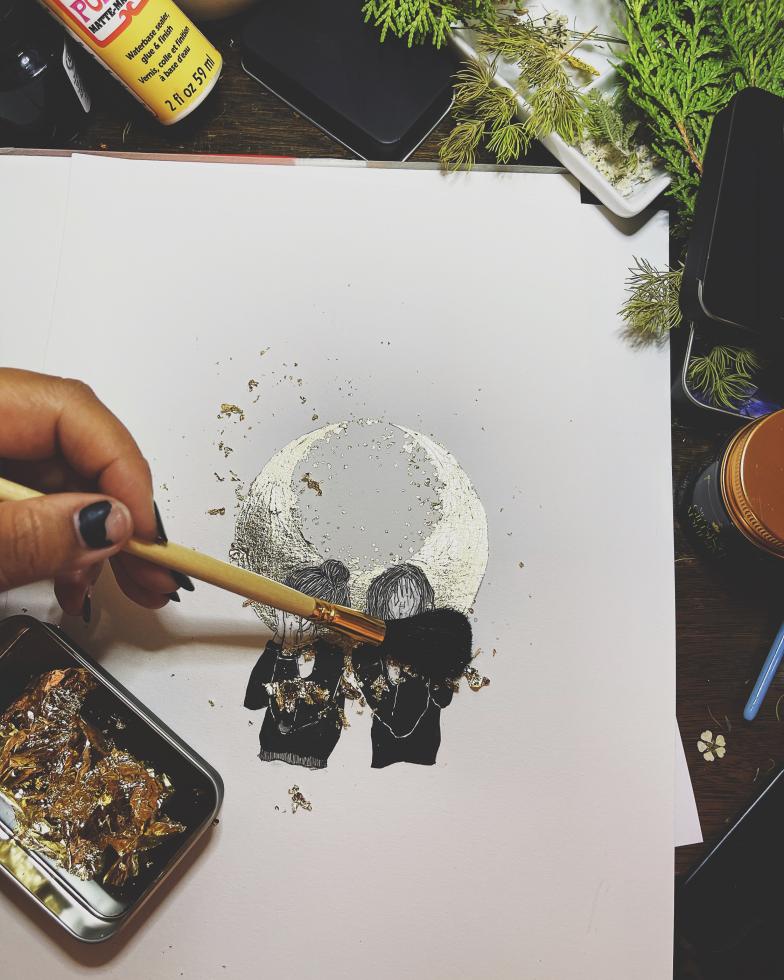
Initially when I started illustrating, creating art, the scene was illustrating how I felt society views women in particular. And the subjects of those illustrations are always missing certain parts of themselves, or they were disconnected, Like an arm was disconnected from a body and it wasn’t bloody or gory, it was just the illustration cuts off there. Because a perception of something isn’t always the truth, it’s just one point of view, versus what reality is. So it’s been a general theme to not show faces, primarily just because I want people to be able to see themselves in art, regardless of gender or race. And then also, intimate moments.
There is a starkness to the images. Is that fair to say?
There is a pretty stark difference between In Bloom versus my previous work. There’s a lot of red in old pieces. … Red is a very powerful and direct emotional color. So it was a way for me (to gauge) where I was emotionally, and it was up to the viewer to determine what that emotion was. But in general, most of those pieces are showcasing a timeline in my own healing and growth where it was dealing with trauma through art, and putting it down to paper. And so I think regardless of the color, the design of the pieces does lend more towards a stark, more raw feel.
And then going back to In Bloom, again, all my art is a personal visual commentary on how I view the world, or how I think the society views the world of women with different standards and assumptions. …The newer series … jumped from the timeline of just surviving and healing in my own trauma — I’m a couple steps past that. I’m still in it, but I can now see the growth, because when you’re in it, even if you’re doing the work with trauma with healing, it’s hard to see any tangible “oh look there’s my progress.”
And now I am starting to see that. And it’s taken years, and I want to celebrate even the small victories, because I think specific types of trauma, or trauma in general, is not something you just heal from. It’s going to be a continuous work for yourself, for the rest of your life, and there will be different times where you feel like you’ve overcome or are overcoming more, but it’ll still touch you at different points.
And at this particular point, when I was creating In Bloom, and currently as I’m creating art, I’m able to remove myself and look back and see progress, however small. Whereas creating the older pieces with the red ink, I didn’t see anything past my own trauma. That was my therapy right there, but I couldn’t see anything further than that. I just knew that this is what I needed to do at that point. …
I would like to touch on the fact that in past pieces, it’s not just the use of red, but it’s the use of red dots. And that came from an installation, a photo series that I did back in 2017 for Art Street called Faceless No More … that was centered around survivors of sexual assault. …
DOCO, as a Sacramento Open Studios partner, provided space for
Hawkins and several other artists to work in a more accessible
space.
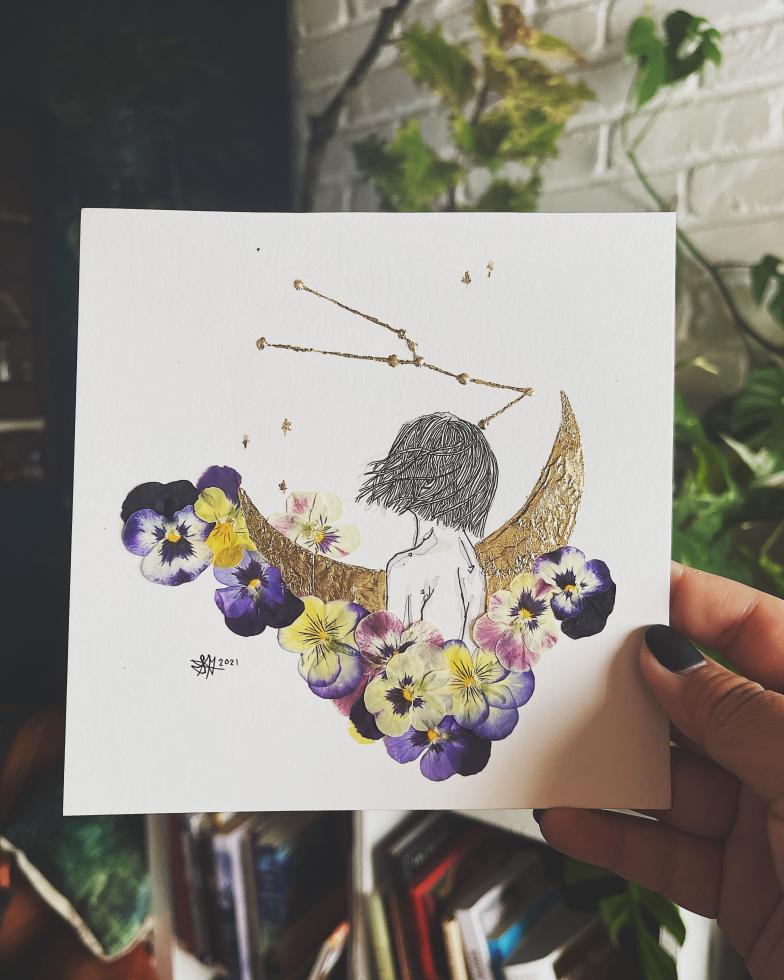
The displays were set up with their photos that each had one photo printed on wood. … (The text submissions were broken into the following categories:) “Support,” “What I wish would have been said to me then,” “What I wish could be said to me as a survivor now,” “What I wish I could say to other survivors.” And I mixed them all up because again, I didn’t know unless they told me at a different time what their experiences were. I didn’t know whose story was whose. So it was all mixed up and put throughout this … long L-shaped hallway.
The red dot was a last minute addition. I knew that it was going to be traumatizing; it could be cathartic, but it could also be really triggering to walk through a narrow space and see yourself like that and see things that you said in confidence on the wall. I wanted a way that they would come into the space and feel supported and feel seen.
Hawkins also curates public art installations at Arden Fair Mall,
known as Arden UnchARTed, on behalf of marketing agency
UpperCloud Media.
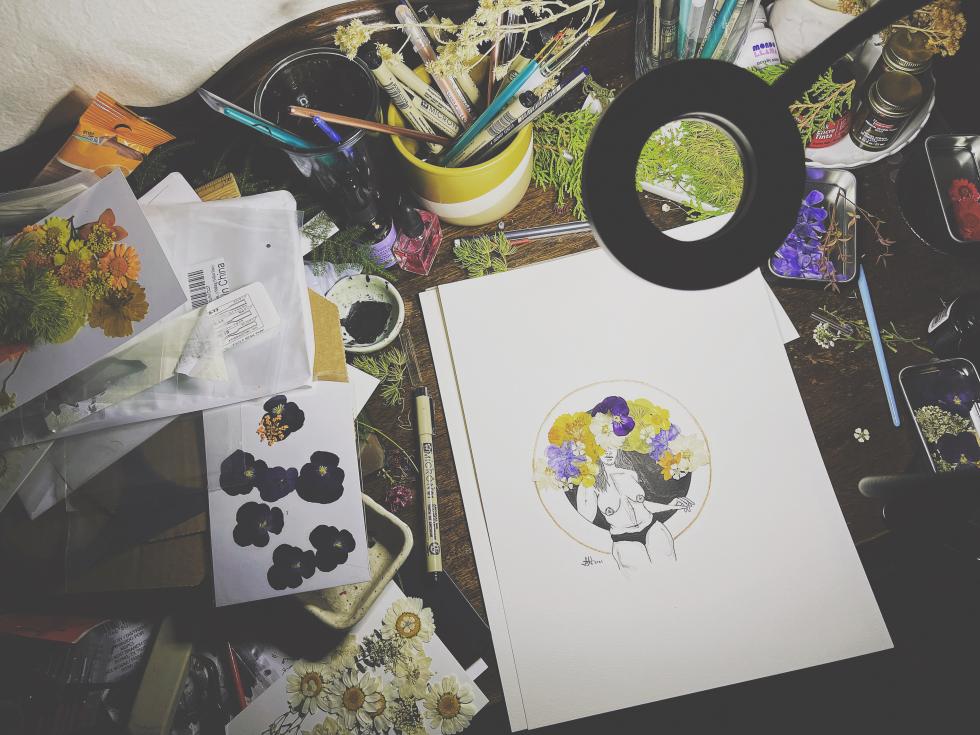
So at the last minute, I bought thousands of red dot stickers on rolls and put them at the front of the installation. And the instructions were to take a few stickers, a strip of stickers, however many you wanted, and that if you read something that resonated with you, or you wanted to show support to that person, you could put a red dot sticker next to the phrase or the photo, or whatever you wanted. And it ended up being really powerful. I didn’t really know what to expect, but we ended up going through almost 80,000 stickers, and the place was completely covered. …
The theme goes back to my older illustrations. I would put red dots in the piece, not just to gauge what I was feeling … but also to remind myself of the support structures that I had and that there are people that have similar experiences as me, or who just believe me and are there for me. And so a lot of them, they’re not just self-portraits but they’re personal letters to myself.
When you talk about the series In Bloom: I didn’t put it into context until you explained it, but with the pressed flowers, there’s clearly a growth and a warmth with the red and the starkness. (Is it) overly simplistic (to say) the flowers are indeed in bloom, in flux, growing?
I definitely get where you’re going with that. I think that if I look at where I was personally when I was making the other pieces, I did feel like my whole self was defined by what had happened to me, or trauma that I was holding for other people or holding for myself, so I felt like those images are very “this is the moment that I’m in right now.” And that’s it.
Whereas In Bloom … this is where I hope to be, this is what this is, what I’ve been going through now. And it gives you more of a future so the images, for me, at least, they don’t feel just in that moment. Part of the reason, or part of my purpose in doing this, was not just to showcase my own personal growth, but wherever you are on your timeline of healing. To be able to see yourself in that even if you’re not there yet.
Edited for length and clarity.
–
Stay up to date on art and culture in the Capital Region: Follow @comstocksmag on Instagram!
Recommended For You
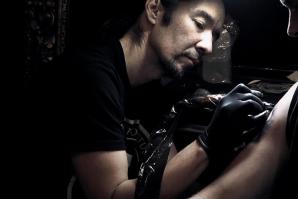
Art Exposed: Akira Beard
How painting saved this artist’s life, and how tattooing supports his work
Akira Beard recently became a tattoo artist so he could “go
anywhere, tattoo, make money while I’m there, trying to open up
doors of opportunity with my actual art,” he says.

Art Exposed: June Steckler
A painter and curator learns it’s easier to manage other people’s art and finds gifts in aging
June Steckler is optimistic about the Capital Region’s art scene
and her role in it as both artist and curator.
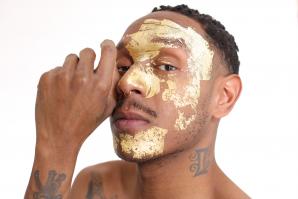
Art Exposed: Jupiter Lockett
A Sacramento artist uses his paintings to address race and social issues
Jupiter Lockett paints in a free and childlike manner, but
his subject matter focuses on the Black experience and is
intended to make the viewer uncomfortable.
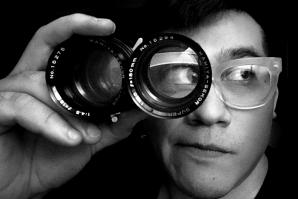
Art Exposed: Octavio Valencia
A photographer talks about fashion, mental illness and a close encounter with Anna Wintour
Octavio Valencia has a secret identity. Or two.



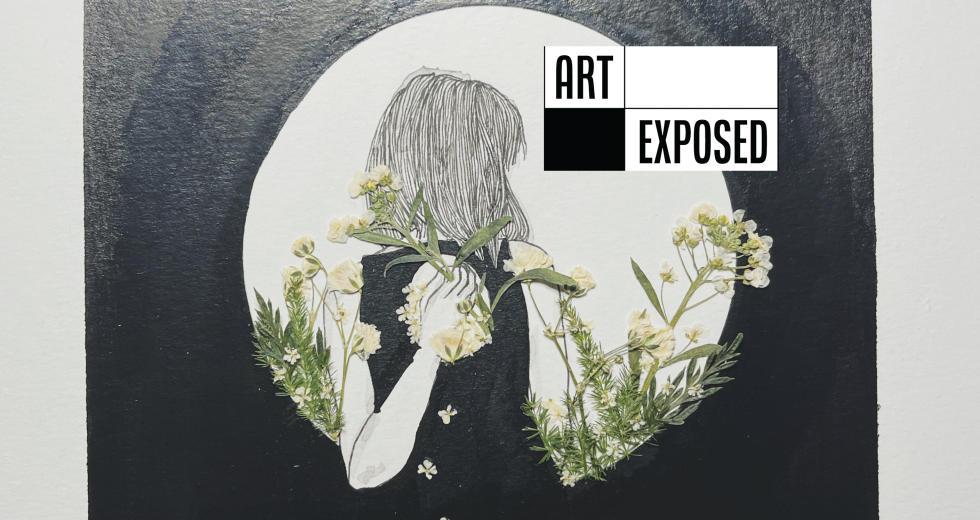
Comments
I have been following Sarah and the development of her art for a few years now. As a survivor of childhood abuse, it resonates with me at a very deep level. Looking forward to seeing more of her work.